There is a renewed splendor to Venetian master Giovanni Battista Tiepolo’s “Bacchus and Ariadne” (circa 1743–45). The colors of this masterpiece are once again alive, thanks to a four-year conservation project by the National Gallery of Art in Washington. Bacchus, the god of wine, can now be seen, as he should, in full fecundity.
Place the before and after images beside one another, and you’d be forgiven for thinking they were almost different scenes. The former painting had almost been overtaken by a sickly sepia hue. And much more has been revealed in the restoration, especially in the border details. Now the whole scene lifts off the canvas, almost dancing with its lighter tones of blues and pinks.
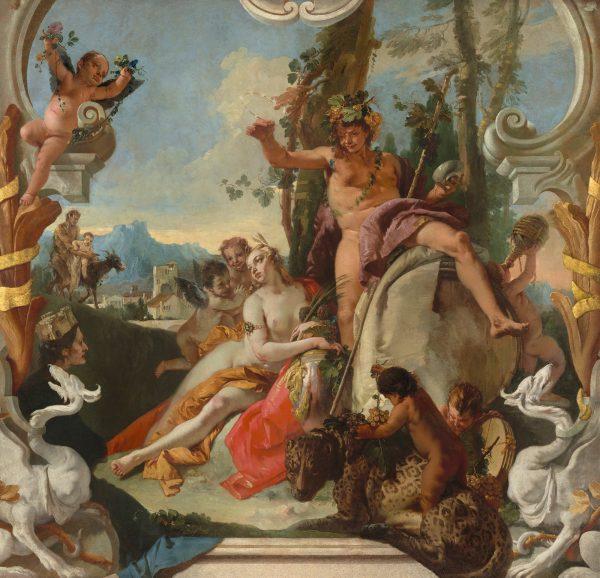
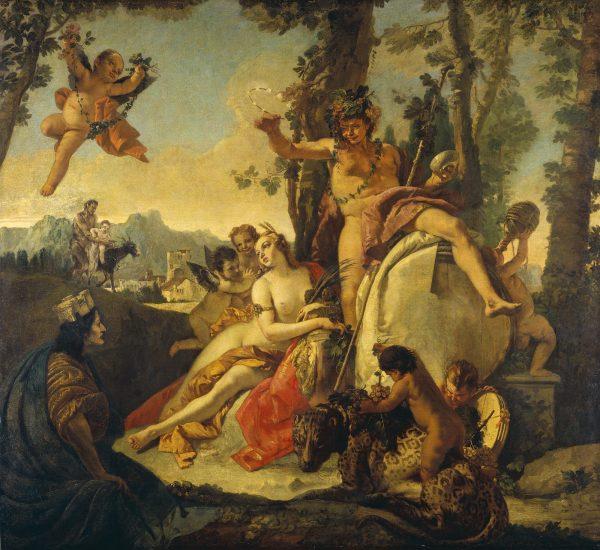
Bacchus can be seen atop a barrel, almost toppling off, with a glittering crown in hand, ready for his love Ariadne. Signs of fertility fill the scene: Bacchus surrounded by revelers holding jugs of wine and grapevines representing the abundance of earth, while one of the jaguars that lead his chariot rests beneath him. The wheat in Ariadne’s hair and the reeds she holds in her hand further symbolize the earth.
“The conservation of this remarkable work reveals significant discoveries about Tiepolo’s process and clues to the painting’s original home,” said Earl A. Powell III, director of the National Gallery of Art, in a press release.
The painting is thought to have been hung originally on a staircase in a Venetian palace, a place it might have shared with three other Tiepolo paintings, representing the four elemental energies. The whereabouts of only three of these works are known: earth, water, and air. Water is presented in “The Triumph of Amphitrite” (Gemäldegalerie Alte Meister in Dresden, Germany), and air in “Juno and Luna” (Sarah Campbell Blaffer Foundation, the Museum of Fine Arts, Houston). “Bacchus and Ariadne” depict the earth element.
All three elemental pieces are linked to the same location by similar architectural motifs within the paintings, such as the white griffin-esque creatures with their contorted necks in the bottom corners, and the stone volutes that frame the top corners. They all symbolically suggest an address for the art. These symbols were unearthed in the restoration and were believed to have been painted over around 1798 when the paintings were moved.
“The paintings would have been installed in a villa, and the architecture that’s in the painting would have integrated the piece within the architectural setting of the building,” said painting conservator Sarah Gowan Murray in an Artnet interview.
X-rays and infrared imaging have opened up Tiepolo’s compositional and preparatory process. Previously unseen lines can now be seen, such as where he had adjusted and re-adjusted the jaguars, or how he originally had painted golden ribbons to bind the leaves on the border, which now have been reconstructed by inpainting.
Further evidence supporting that the paintings once hung in a Venetian palace is a letter from Tiepolo to an addressee in Madrid on Aug. 7, 1764, a letter that has since disappeared.
The conservation effort opens up a conversation with the painting’s past, beyond what we know of the myth of Bacchus and Ariadne or what’s on the painting’s surface. It’s what’s beneath that surface that can tell the true tale.
Let’s hope this conservation treatment signifies a kind of immortality for Tiepolo’s “Bacchus and Ariadne,” like the one bestowed by the gods and goddesses themselves. But just in case this isn’t true, do go and see the revived painting at the National Gallery of Art in Washington. From June 14, the painting will be displayed in the West Building along with the findings of its extensive restoration work.
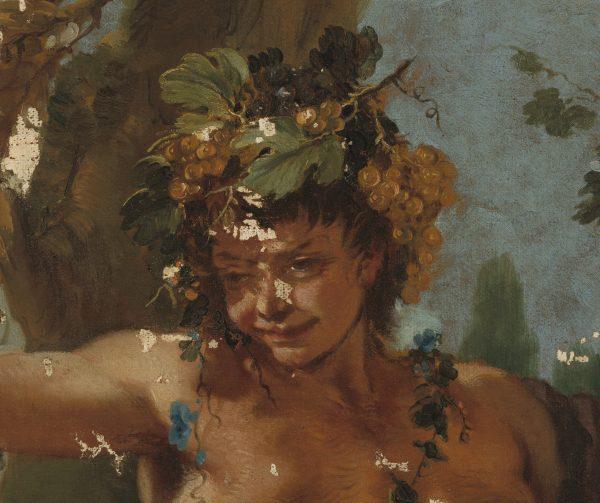
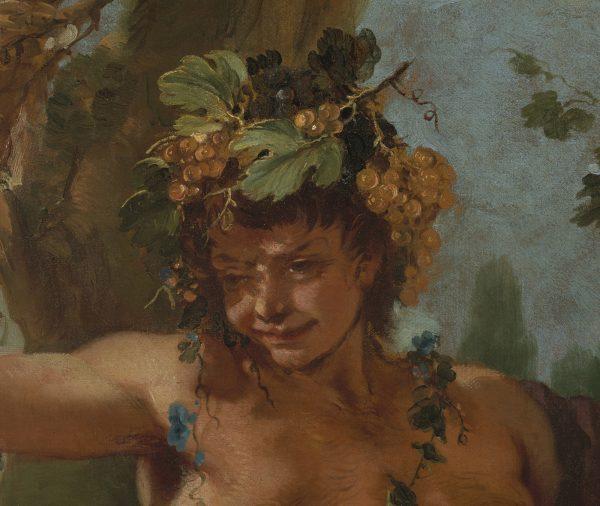

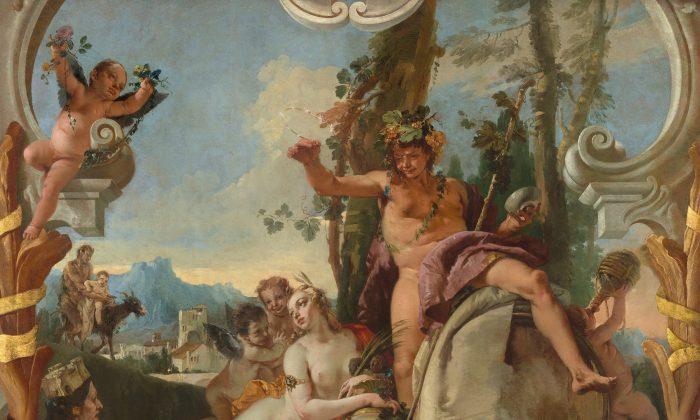


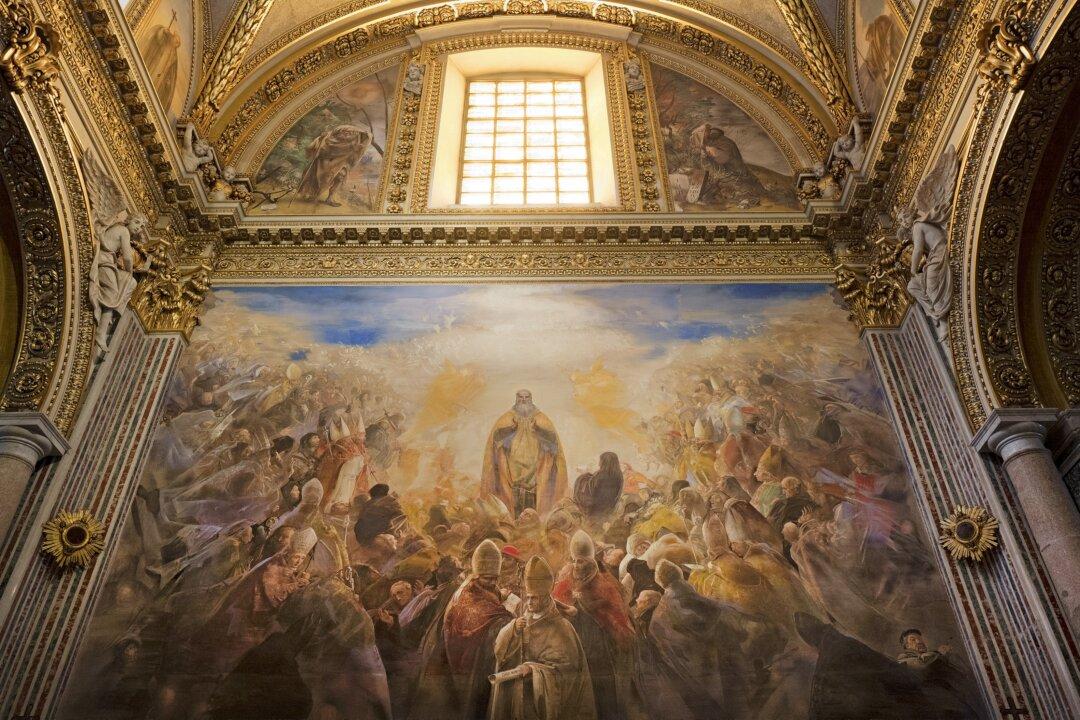
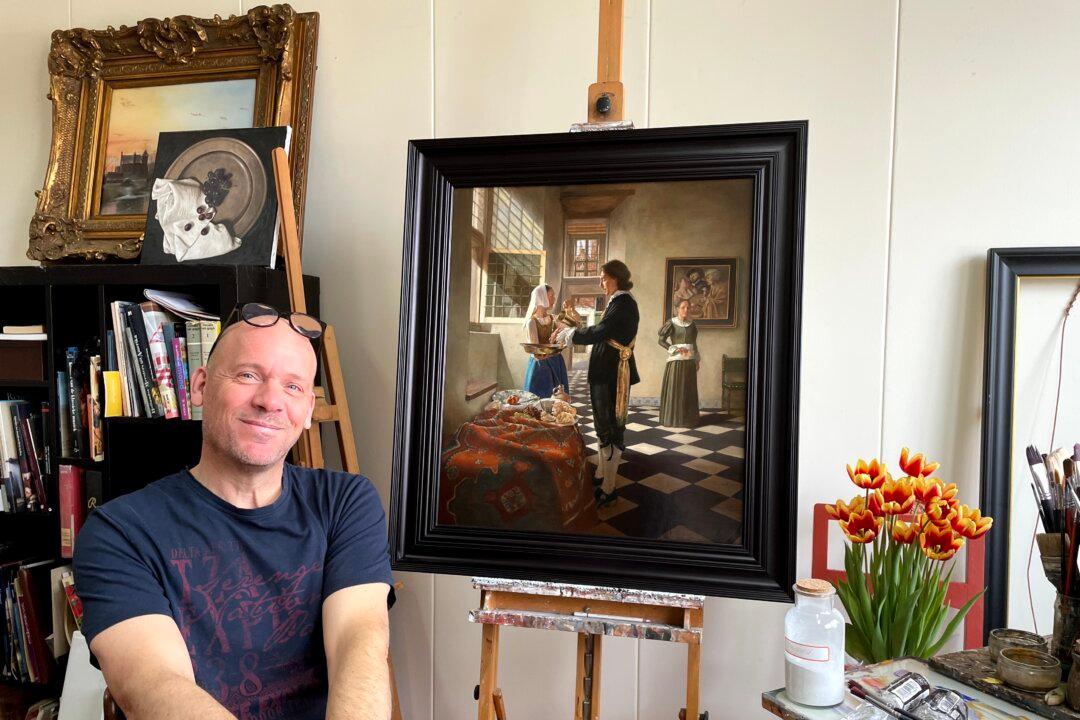
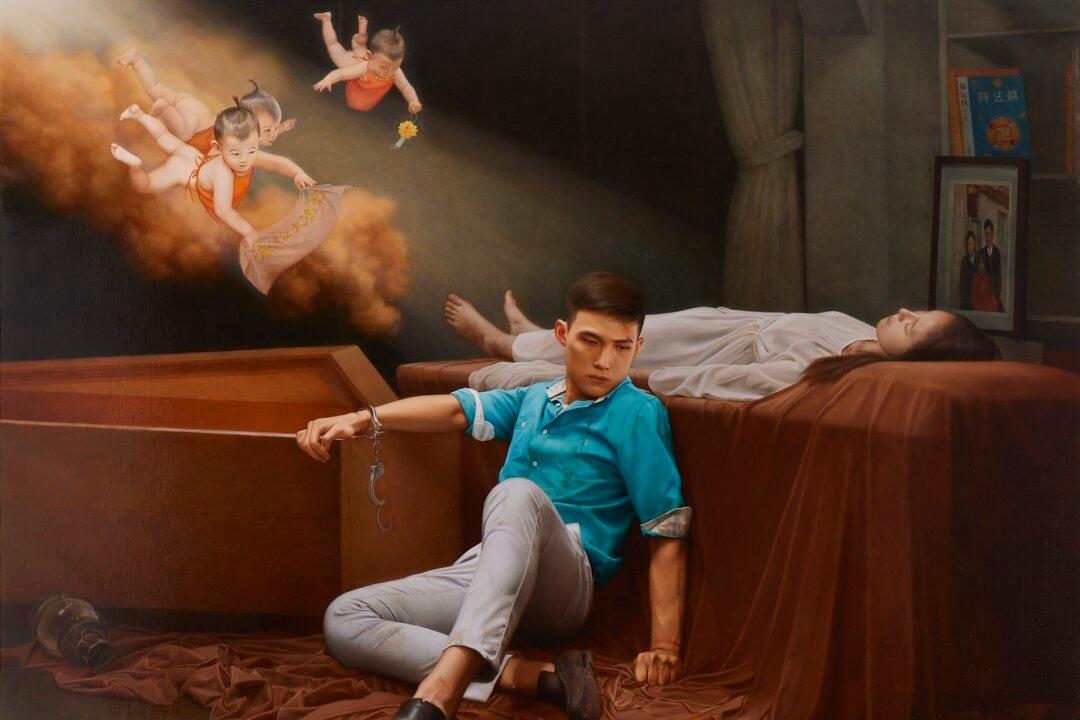
Friends Read Free